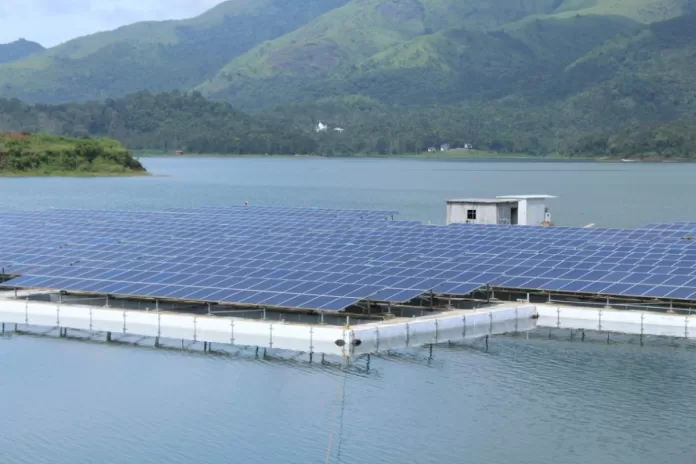The Zimbabwe Power Company and a private consortium of industrial power customers were the recipients of the proposal that was made by China Energy, which is operated by the state.
Electricity shortages in Zimbabwe are the result of low water levels at the Kariba Dam hydroelectric facility and failing coal plants. Rolling blackouts, which are comparable to those that occur in the neighbouring country of South Africa, have been an issue for a number of years. In 2019, the president of the nation, Emmerson Mnangagwa, announced intentions to combat the issue by deploying a 2GW solar portfolio with the backing of the United Arab Emirates.
According to reports, China Energy stated that this 1GW floating solar facility will make a big impact in the ability of the country to satisfy its generation requirements.
According to Reuters, two coal plants in Zimbabwe that were sponsored by China went online the week before last. The investment and trade links between the two nations are substantial and have been ongoing for a long time. From the beginning of Zimbabwe’s Look East strategy, which was aimed to foster a bilateral connection with China, there has been a considerable increase in the level of economic cooperation that exists between the two countries. The Chinese embassy in Zimbabwe reports that the overall amount of bilateral commerce between the two nations came in slightly under one billion dollars United States dollars during the first half of the previous year.
According to findings from a study conducted by Fitch Solutions, Zimbabwe is poised to become one of the most lucrative emerging PV markets throughout the course of the remainder of this decade.
Floating solar is fast becoming mature as a technology because it enables the deployment of solar panels in a substantially larger number of sites and can enhance the percentage of renewable energy used in areas with a scarcity of appropriate land. In the event that this project is successful, it will be one of the largest floating solar arrays that can be found anywhere in the globe.





